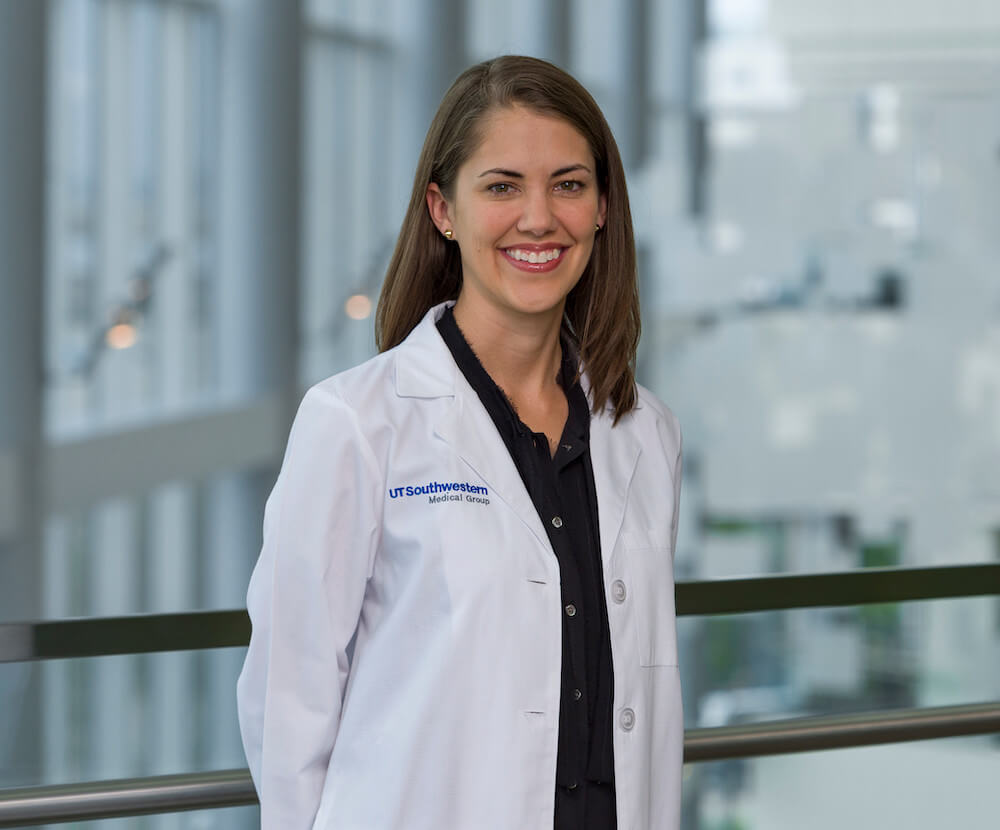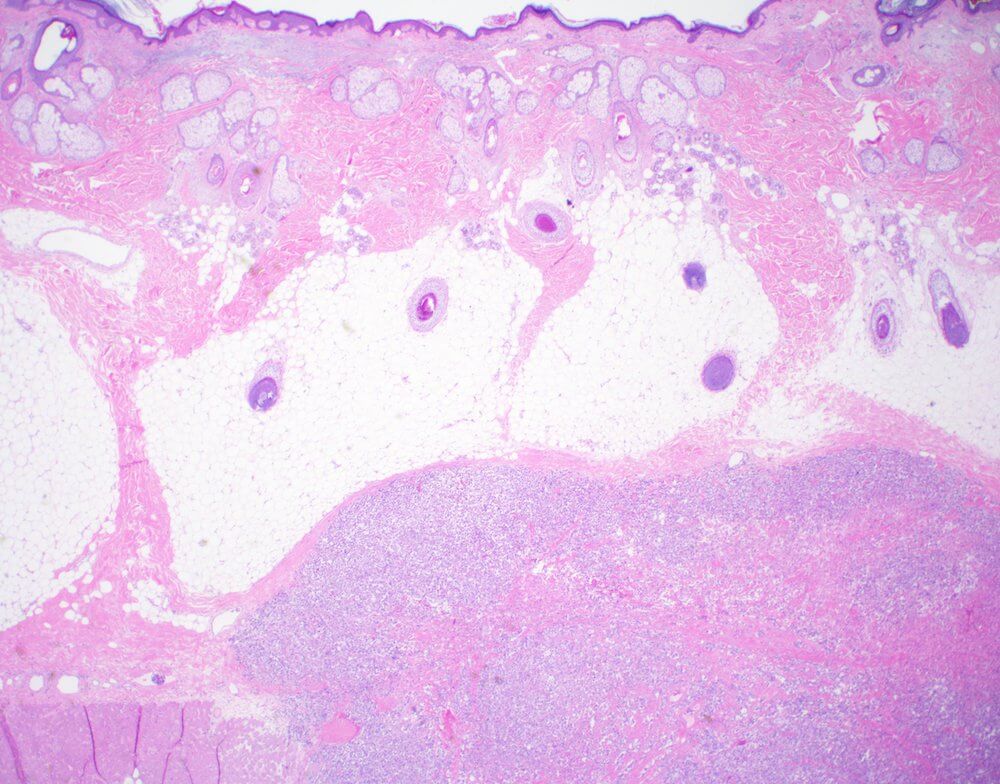May 21, 2020
Jennifer Gill, M.D., Ph.D., is a scientist in CRI and a practicing dermatologist. As a researcher in the Morrison lab, she studies how melanoma spreads from the skin to other organs. In the clinic, she treats patients with melanoma as well as other types of aggressive skin cancers.
What are you researching?
Nearly 100,000 people are diagnosed with melanoma skin cancer each year in the United States. I am studying how melanoma is able to spread so quickly from the skin to other places in the body. This process, known as metastasis, is what leads to most skin cancer deaths and, therefore, is an important problem to be solved.
I am specifically interested in how melanoma cells adapt their metabolism to spread to other organs and sites away from the skin where the nutrients and fuels available are very different. By better understanding how melanoma manages to survive in these environments, I hope to identify potential vulnerabilities that can be exploited in the design of future drugs for cancer patients. The possibility of finding new ways to prevent and treat skin cancer metastasis in human patients is what I find to be the most exciting part of my work.


How does your work in the clinic influence your work in the lab?
As a physician who treats patients with melanoma, there is a lot of crosstalk between my work in the clinic and my research in the lab. Many of my patients choose to donate their melanoma samples to research, and I find it especially meaningful when the cancer cells I study in the laboratory come from a patient I know. My ultimate goal is to one day be able to bring new knowledge and treatments from the lab into the clinic for patients.
How did you end up in CRI?
When I was interviewing for a dermatology position at UT Southwestern Medical Center, I had the good fortune of meeting with Sean Morrison and learning about his laboratory and the CRI. I was so impressed with the cutting-edge research, the commitment to excellence, and the collaborative environment of the CRI. When I had the opportunity to join the Morrison lab to study melanoma biology several years later, I was thrilled. Over the last several years, I’ve really enjoyed watching the institute grow, seeing new discoveries, and participating in collaborations across labs.


What does a typical day look like for you?
Every day starts with a big cup of coffee! I wake up early to get a head start on emails and make sure I have a plan for the day. Next is waking up my kids, getting everyone ready, and dropping them off at school. My workday is busy and filled with a combination of experiments at the bench, data analysis, meetings, and taking care of patients. In the evenings, I round up the kids from their extracurricular activities, and we always have dinner together as a family. After everyone gets to bed, I’m usually back on my computer tying up loose ends from the day. Being a physician, scientist, and mother keeps me moving pretty much nonstop 24/7. I am fueled by a lot of love for what I do and, of course, coffee!
What’s your favorite spot in CRI?
Definitely the large bay of windows by the north elevators. At night, there is a perfect view of Forest of Light, which is a breathtaking art installation of LED “trees” by Frances Bagley and Tom Orr that sits on the rooftop garden of West Building 3. After a long day of work, I find it so beautiful and inspiring to look out and watch the colors change.

© 2025 Children’s Research Institute Dallas Texas | Privacy | Site Policies